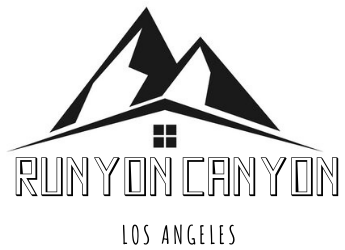What are examples of fractals in nature?
Fractals in nature Examples include clouds, snow flakes, mountains, river networks, cauliflower or broccoli, and systems of blood vessels. Trees and ferns are fractal in nature and can be modeled on a computer by using a recursive algorithm.
Where are 3 examples of fractals found in nature?
Some of the most common examples of Fractals in nature would include branches of trees, animal circulatory systems, snowflakes, lightning and electricity, plants and leaves, geographic terrain and river systems, clouds, crystals.
What is fractal picture?
A fractal is a never-ending pattern. Fractals are infinitely complex patterns that are self-similar across different scales. They are created by repeating a simple process over and over in an ongoing feedback loop. Driven by recursion, fractals are images of dynamic systems – the pictures of Chaos.
How are fractals used in nature?
Fractals are used to model soil erosion and to analyze seismic patterns as well. Seeing that so many facets of mother nature exhibit fractal properties, maybe the whole world around us is a fractal after all! Actually, the most useful use of fractals in computer science is the fractal image compression.
Is a snowflake a fractal?
Part of the magic of snowflake crystals are that they are fractals, patterns formed from chaotic equations that contain self-similar patterns of complexity increasing with magnification. If you divide a fractal pattern into parts you get a nearly identical copy of the whole in a reduced size.
Is pineapple a fractal?
They are called fractals. Think of a snow flake, peacock feathers and even a pineapple as examples of a fractal.
Why is snowflake a fractal?
There is a famous fractal pattern called the Koch snowflake. It is a fractal because it has the pattern of dividing a side into 3 equal segments and draw an equilateral triangle in the center segment. This way when you “zoom in” to each side it has the same pattern.
Is Koch curve a fractal Why?
The Koch snowflake (also known as the Koch curve, Koch star, or Koch island) is a fractal curve and one of the earliest fractals to have been described.
How many fractals in nature pictures are there?
Browse 3,799 fractals in nature stock photos and images available, or search for fibonacci or abstract to find more great stock photos and pictures.
How are trees and fractal patterns formed in nature?
Trees/Fractal are patterns formed from chaotic equations and form self similar patterns of complexity increasing with magnification. If you divide it into parts, you will get a nearly identical copy of the whole. Infinite iteration is not possible in nature, so all fractal patterns are approximate.
Which is the best example of a fractal pattern?
Ferns are fractals, too. This baby fern frond is a tight spiral, filled with identical-looking mini-spirals… …which are made of even smaller spirals…which are made of even teensier spirals. It’s not just the fern babies that show this pattern. Mature ferns are some of the most of the coolest fractal patterns in nature.
Why are fractals so important to Mother Nature?
It’s often been said that Mother Nature is a hell of a good designer, and fractals can be thought of as the design principles she follows when putting things together. Fractals are hyper-efficient and allow plants to maximize their exposure to sunlight and cardiovascular systems to most efficiently transport oxygen to all parts of the body.
